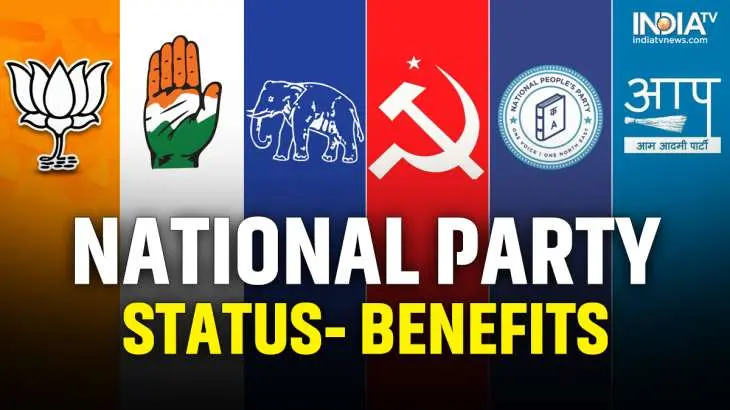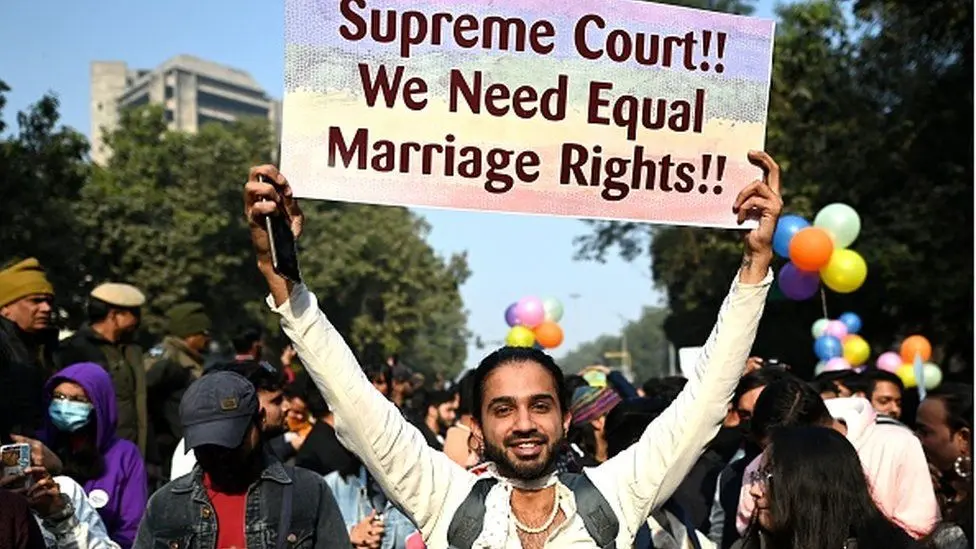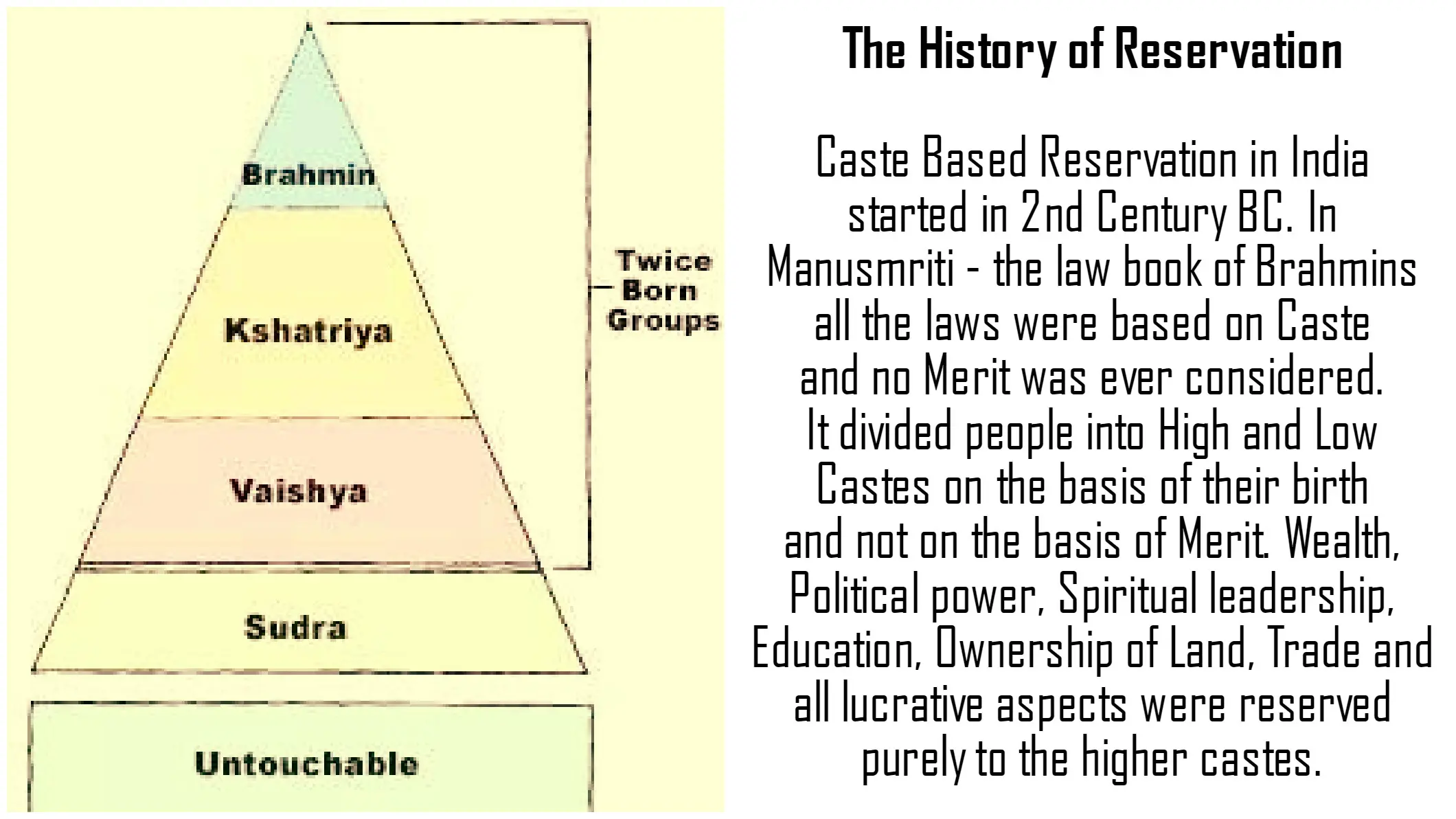UN population report: Key takeaways for India and the world
security challenges in border areas part 2
Indo-Bangladesh BorderBangladesh and India share a 4,096-kilometre-long international border, the fifth-longest land border in the world. The border traverses through the states of West Bengal, Assam, Meghalaya, Tripura and Mizoram.Only around 60 percent of the border is fenced and a large section of the border runs through rivers, fishponds, farming lands, villages, and even houses. Thus, where guarding the border serves as a challenge, these porous borders become convenient hubs for illegal activities like illegal migration, human trafficking, smuggling of cattle, narcotics, guns and ammunition and essential supplies and even infiltration by terrorists. The Border Security Force has identified 46 places along this border that is prone to infiltration. Millions of Bangladeshis have entered India through this porous border and acquired Indian citizenship. The Indian investigation team has busted several trafficking rackets that exposed the displaced Rohingyas along with Bangladeshi girls/women being trafficked to different parts of India.According to the BSF, smugglers are resorting to new modus operandi to smuggle contrabands and other items. Patrolling teams have seized consignments in which contrabands were hidden inside cattle carcass found floating down the river.The smuggling of the narcotic Phensedyl (a codeine-based cough syrup) and Yaba tablets (a mixture of methamphetamine and caffeine that works as stimulant to the central nervous system) remains a challenge for the border guarding forces along the India-Bangladesh border. According to investigative agencies, these tablets, sold as cheap red or pink pills, usually originate in Myanmar and come to India from Bangladesh. Border Dispute before liberation of Bangladesh - The Berubari Union At the time of partition, Sir Cyril Radcliffe Commission was appointed for the delineation of borders between India and Pakistan. Radcliffe had divided the district of Jalpaiguri between India and Pakistan by awarding some thanas to one country and others to the other country. The boundary line was determined on the basis of the boundaries of the thanas. In describing this boundary, Radcliffe omitted to mention one thana known as Berubari Union No. 12 which lies within Jalpaiguri Thana,Bengal which was awarded to India on 14th August, 1947. This exclusion enabled Pakistan to claim that a part of Berubari belonged to it.The dispute was resolved by the Nehru-Noon Agreement of 1958 through which, half of Berubari Union No. 12 was to be given to Pakistan and the other half adjacent to India was to be retained by India. To implement this Agreement, the 9th Constitutional Amendment Act and Acquired Territories (Merger) Act were passed in 1960.This legislation was challenged in the courts by a series of writ petitions, which prevented the implementation of the Agreement. Following the independence of Bangladesh, the Land Boundary Agreement (LBA) 1974 was signed to address the issues of border demarcations. Post 1971- The Issue of Enclaves and Adverse PossessionsThere are 111 Indian enclaves in Bangladesh (17,160.63 acres) and 51 Bangladesh enclaves in India (7,110.02 acres). The Indian enclaves in Bangladesh are located in four districts - Panchagarh, Lalmonirhat, Kurigram and Nilphamari. All of Bangladesh’s enclaves lie in West Bengal’s Kochbehar district.Adverse Possessions are regions occupied and in possession of people of a country beyond the boundary pillars, but are administered by the laws of the country of which they are citizens and where they enjoy all legal rights, including the right to vote. They have deep-rooted ties and sentimental or religious attachments to their land. The Land Boundary Agreement (LBA) of 1974 enabled India and Bangladesh to retain the enclaves. The agreement stated that enclaves should be exchanged.The people in these areas were given the right of staying on where they are, as nationals of the State to which the areas are transferred. The LBA, 1974 could not be implemented due to differences of perception in the interpretation of the LBA and in view of the ground realities. The lack of clarity on the boundary between the two countries caused tensions and disrupted the lives of people living in these areas.The inhabitants in the enclaves could not enjoy full legal rights as citizens of either country and infrastructure facilities such as electricity, schools and health services were deficient. Certain enclaves even became the hot bed of criminal activities.Since no constitutional amendment is required for a resolution of the un-demarcated segments of the land boundary by an Agreement, the power lying with the of the Executive Wing of Government. Thus, a comprehensive proposal in consultation with Bangladesh was evolved to settle the outstanding boundary issues. This resulted in the signing of the 2011 Protocol. This Protocol provided for redrawing of boundaries in undemarcated areas of adverse possessions.However, the issue of exchange of enclaves and redrawing of boundaries to maintain status quo in areas of adverse possessions (in areas with demarcated boundaries) involved the transfer of territories from one State to another and therefore required a constitutional amendment.Therefore, the 100th Constitutional Amendment Bill was passed in the Parliament in 2015, wherein both India and Bangladesh agreed to maintain the status quo in addressing the issue of adverse possessions and to exchange the areas of enclaves without any compensation for the loss of territory. 111 Indian enclaves with a total area of 17,160.63 acres in Bangladesh were transferred to Bangladesh, while 51 Bangladesh enclaves with an area of 7,110.02 acres in India were transferred to India.This meant that the Indian possessions in Bangladesh would be considered as Bangladesh territory and Bangladesh possessions in India as Indian territory. This would preserve all areas of economic activity relevant to the homestead and prevent dislocation of people living in the border areas.















